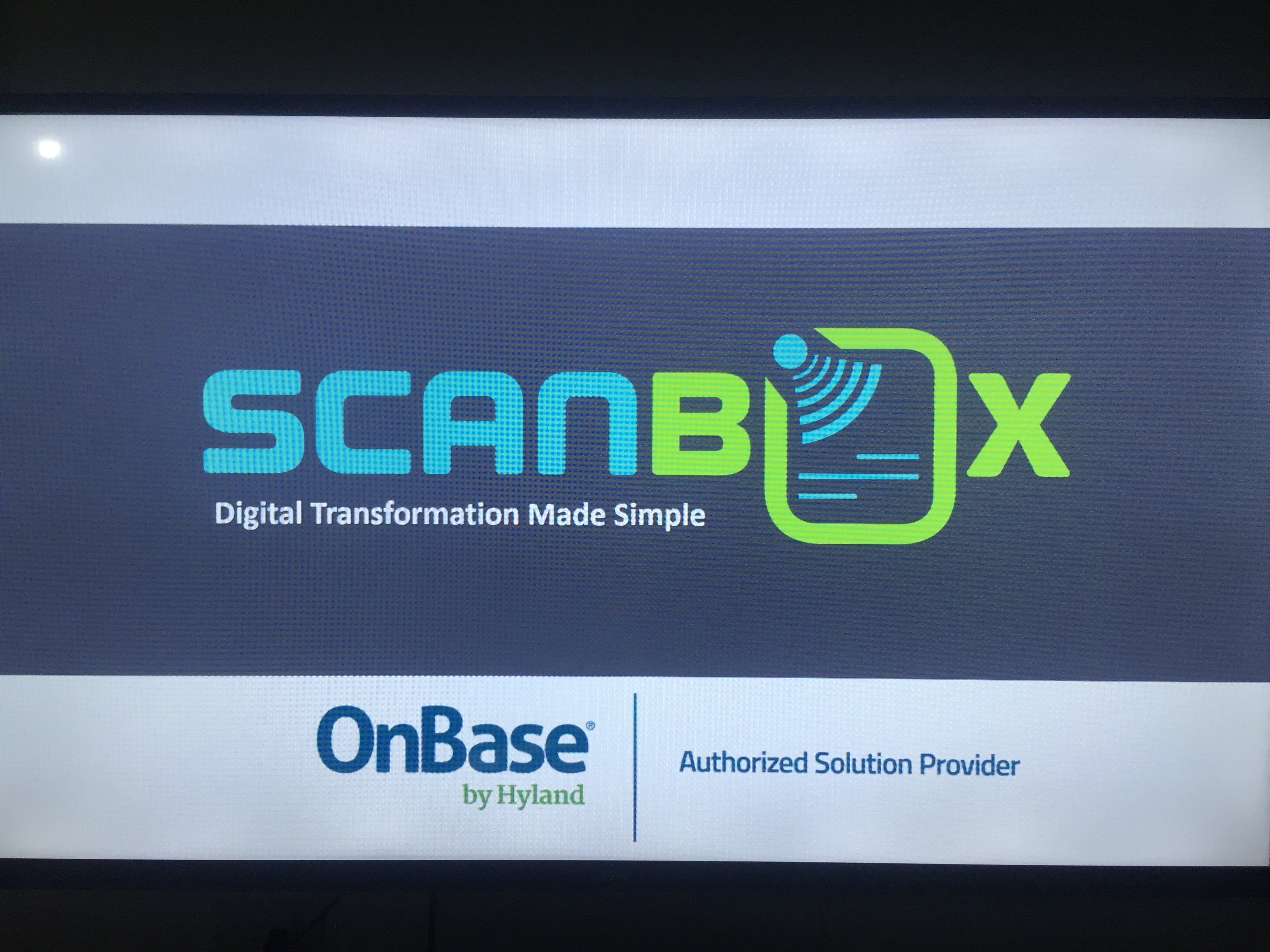The Value of Information Is in Its Use: Why the AI Revolution Needs Information Management at Its Core
- ScanBox LLC

- May 22
- 3 min read
"The value of information is in its use." – Peter Drucker
The AI revolution isn’t coming. It’s already here. Walk into any conference room across the globe and you’ll see slides showcasing the logos of Microsoft, Google, UiPath, AWS, Salesforce, and a growing ecosystem of AI-driven platforms like Instabase, Indico, and HyperScience. The landscape is shifting. Automation is accelerating. The tools are smarter. But if we’re being honest—most businesses are still drowning in data they can’t use, and that’s the contradiction nobody wants to talk about.
Unstructured Data: The Silent Barrier to AI
Alan Pelz-Sharpe, founder of Deep Analysis, recently stated that 45% of business data is still unstructured. And AIIM (Association for Intelligent Information Management) continues to emphasize that without structured, accessible, and well-managed information, intelligent automation and AI are destined to underperform.
Here’s the uncomfortable truth:We are trying to build intelligent systems on top of disorganized foundations. That’s like putting solar panels on a roof with no wiring.
Let me make it plain: AI without information management is just noise with potential. It's not progress.
What Every CEO Needs to Ask Right Now
Every boardroom conversation around AI should be grounded in three basic questions:
Have we identified a process that can benefit from AI or intelligent automation?
Have we defined a specific task where AI can create measurable value?
Do we have a clear, governed, and structured set of data to power that AI system?
In 90% of organizations I encounter, the answer is no to at least one of these.And when that happens, the AI project gets delayed, the pilot fails, or worse it produces flawed, biased, or meaningless results.
Why This Matters for the Caribbean and Emerging Markets
In Jamaica and across the Caribbean, we're on the edge of a digital transformation wave. From ministries to financial institutions, real estate firms to medical providers—everyone is talking about "going digital." But we can’t jump from paper-based chaos to AI-enabled efficiency without passing through a critical gate: information management and data governance. Let me say this loud for those in the back:If your documents are still in cabinets, scanned without indexing, or stored in shared drives with no naming conventions—AI won’t help you.
The Rise of Agentic AI and the Data Problem
Agentic AI—AI that performs tasks autonomously—relies on context-rich, structured data. It needs metadata. It needs history. It needs rules. But most of our knowledge is trapped in unstructured formats: PDFs, Word documents, scanned images, emails, and legacy systems. No AI agent can extract value from a file it can’t understand. That’s why document and information management isn’t optional—it’s foundational.
Where Do We Go from Here?
We need to stop chasing the shiny object (AI) and start investing in the plumbing: records management, metadata models, classification schemes, data protection, and compliance frameworks.
Here’s what we believe at ScanBox LLC:
Digital transformation begins with your documents.
Information management is the enabler of automation.
Data protection is not just compliance—it’s credibility.
Governance is what separates insights from liabilities.
What This Looks Like in Practice
Let’s take a real-life example: A law firm in Jamaica recently lost decades of case records in a fire. No backups. No digitization. That’s not just a tragedy—it’s a systems failure. Contrast that with organizations that have digitized, classified, and stored their information in compliant, searchable platforms like M-Files. They not only survive disruptions—they adapt faster, serve customers better, and innovate sooner.
The ROI is not just in cost savings—it’s in resilience.
A Call to Action: Time to Elevate the Role of Information Management
We need to stop treating information management like an IT project or a clerical function. It’s strategic. It’s cross-functional. And it’s mission-critical in a world where AI is only as good as the information we feed it.
The next wave of innovation will not come from adopting AI tools blindly—it will come from organizations that understand their data, control their documents, and manage their information with purpose.
So here’s my challenge to every CEO, CIO, and transformation leader:
Re-evaluate your information architecture.
Invest in document and data governance.
Align your digital transformation goals with your actual information maturity.
If not, you’re just automating chaos.
Closing Thoughts
Peter Drucker saw it coming decades ago. Information has no value until it’s used. And in today’s world, that means it must be accessible, structured, and governed.






Comments